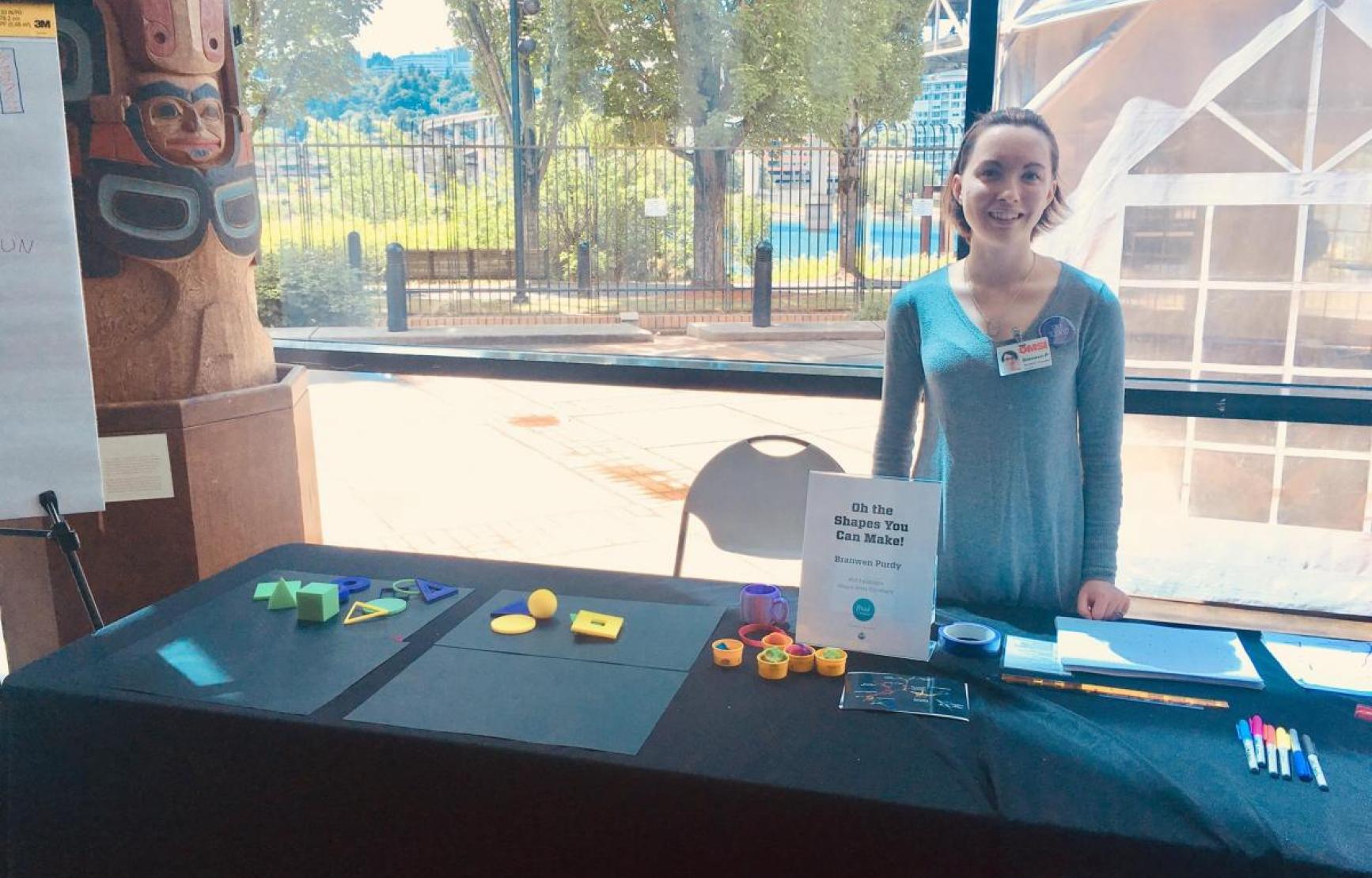Join us for these events hosted by the Department of Mathematics, including colloquia, seminars, graduate student defenses and outreach, or of interest to Mathematicians hosted by other groups on campus.
Randomized Kaczmarz, Geometric Smoothing, and Momentum
Speaker: Nick Marshall
Abstract. This talk discusses the effect of adding geometrically smoothed momentum to the randomized Kaczmarz algorithm, which is an instance of stochastic gradient descent on a linear least squares loss function. We prove a result about the expected error in the direction of singular vectors of the matrix defining the least squares loss. We present several numerical examples illustrating the utility of our result and pose several questions. Read more.
